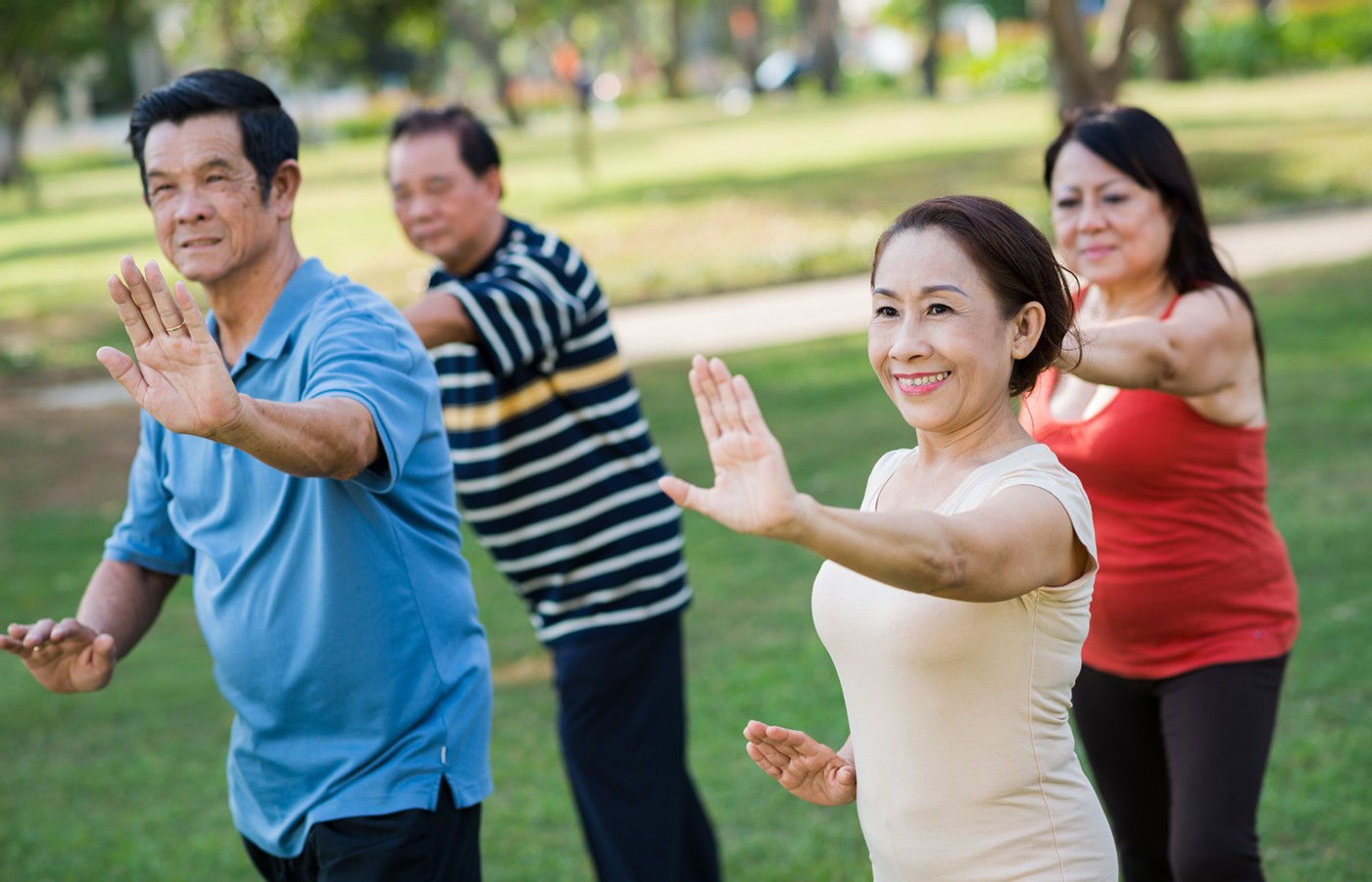People today want convenience, whether it be from their bank, credit card, favorite retail store, or restaurant. They demand it from the companies who hold their loyalty, including their health care providers (you). They don’t want to call and possibly be put on hold, and they want to use an app or schedule an appointment on your website. Here are three reasons your practice can gain by switching to online appointment scheduling.
Tai Chi More Effective Than Aerobic Exercise for Prehypertension: Study
- The study, which took place at two tertiary hospitals in China, randomized patients to one of two groups in essentially equal numbers: a tai chi group and an aerobic exercise group.
- Patients performed one intervention or the other, based on their randomization, four times weekly for 12 months. Each session lasted one hour.
- Primary finding: “At 12 months, the change in office [systolic blood pressure] was significantly different between groups by −2.40 (95% CI, −4.39 to −0.41) mm Hg (P = .02), with a mean (SD) change of −7.01 (10.12) mm Hg in the Tai Chi group vs −4.61 (8.47) mm Hg in the aerobic exercise group."
From a Western perspective, aerobic exercise is touted as primary preventive and treatment option when it comes to blood pressure regulation; although too often, BP-lowering medications are also prescribed, alone or in combination with exercise recommendations. An Eastern alternative: tai chi, which should be adopted by more Western practitioners and institutions following the publication of new study findings in JAMA Network Open.
The randomized clinical trial by Dr. Zinye Li, and colleagues, featured 323 adults ages 18-65 diagnosed with prehypertension (systolic blood pressure 120-139 mm Hg and/or diastolic blood pressure of 80-89 mm Hg). The study, which took place at two tertiary hospitals in China, randomized patients to one of two groups in essentially equal numbers: a tai chi group and an aerobic exercise group.
Patients performed one intervention or the other, based on their randomization, four times weekly for 12 months. Each session lasted one hour. The primary outcome assessed: systolic blood pressure after one year; with secondary outcomes including systolic BP after six months; diastolic BP after six and 12 months; and ambulatory blood pressure at 12 months.
Key findings: As stated by the researchers, “At 12 months, the change in office SBP was significantly different between groups by −2.40 (95% CI, −4.39 to −0.41) mm Hg (P = .02), with a mean (SD) change of −7.01 (10.12) mm Hg in the Tai Chi group vs −4.61 (8.47) mm Hg in the aerobic exercise group. The analysis of office SBP at 6 months yielded similar results (−2.31 [95% CI, −3.94 to −0.67] mm Hg; P = .006). Additionally, 24-hour ambulatory SBP (−2.16 [95% CI, −3.84 to −0.47] mm Hg; P = .01) and nighttime ambulatory SBP (−4.08 [95% CI, −6.59 to −1.57] mm Hg; P = .002) were significantly reduced in the Tai Chi group compared with the aerobic exercise group.”
Reference
- Li X, Chang P, Wu M, et al. Effect of tai chi vs aerobic exercise on blood pressure in patients with prehypertension: a randomized clinical trial. JAMA Netw Open, 2024;7(2):e2354937.



